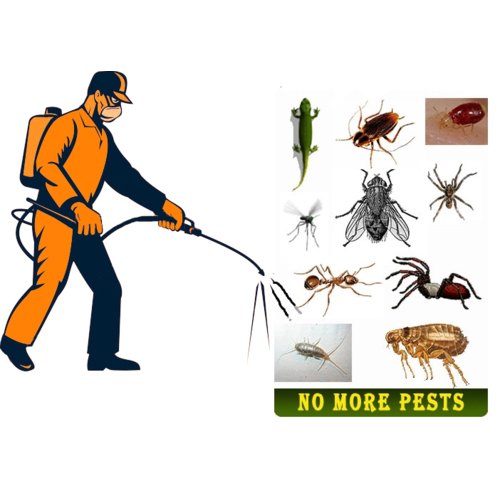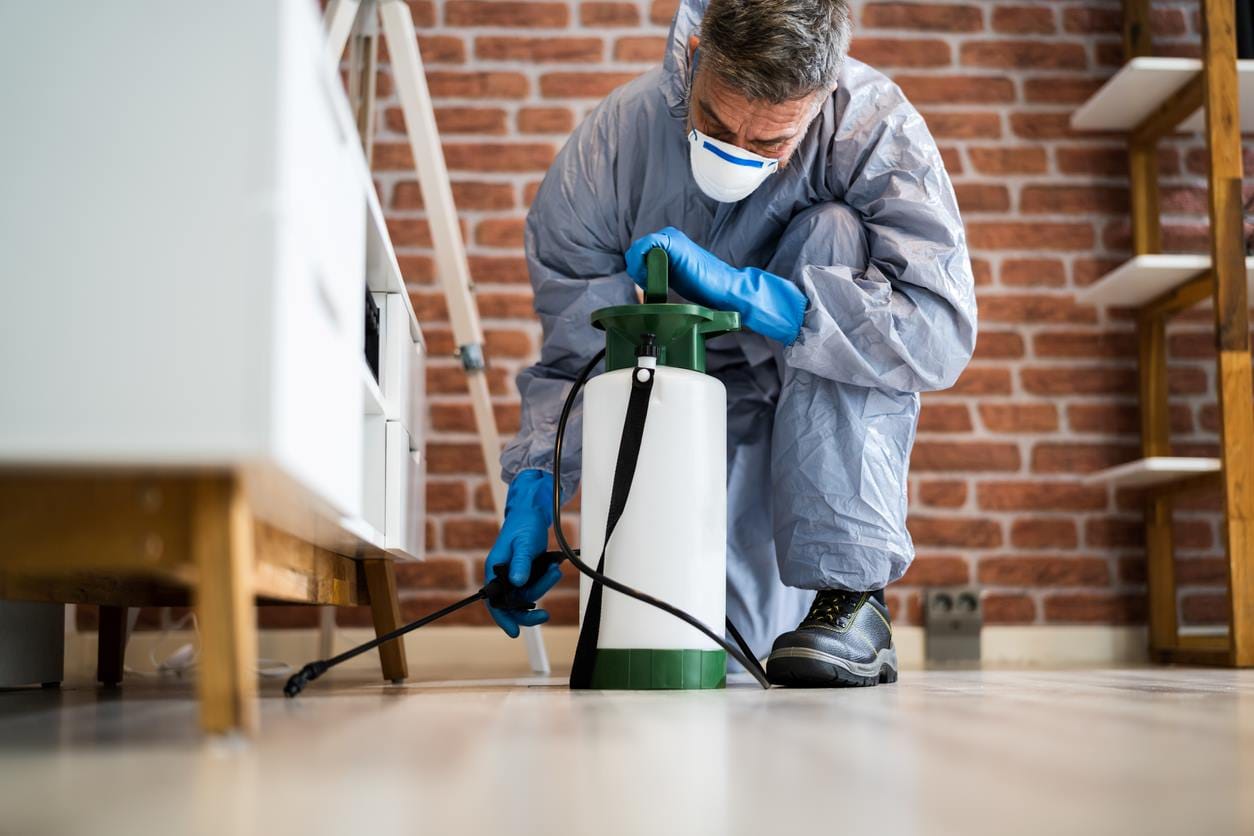Checking Out Infestation and Therapy Techniques worldwide of Parasite Control
The landscape of parasite control encompasses a myriad of difficulties, specifically as infestations of common home parasites proceed to evolve. By integrating precautionary procedures with advanced administration strategies, such as Integrated Parasite Management (IPM), property owners can better secure their settings.

Common Family Vermin
When it involves handling our living spaces, understanding common home bugs is vital. These parasites not just interrupt our convenience yet can also pose health risks and damage home. The most common home insects include ants, cockroaches, rodents, termites, and bed pests.
Ants, often seen foraging in cooking areas, can pollute food and establish huge nests. Rodents, consisting of mice and rats, can cause architectural damage and lug illness like hantavirus and salmonella.
Recognizing the indicators of these bugs, such as droppings, nests, or bite marks, is crucial for early intervention (Pest Control Lockhart). Appropriate sanitation techniques, sealing access points, and keeping a clutter-free atmosphere work preventative procedures. By identifying these typical household parasites and comprehending their actions, property owners can take aggressive steps to minimize invasions, ensuring a healthier living setting
Comprehending Parasite Infestations
Insect problems can escalate swiftly, transforming a minor aggravation into a considerable trouble if not attended to promptly. Comprehending the nature of these problems is essential for efficient monitoring. Pests can get into household and commercial spaces for different factors, consisting of the search for food, shelter, or breeding premises. Usual factors adding to invasions consist of inadequate sanitation, structural susceptabilities, and seasonal adjustments that drive parasites inside.
Identifying the kind of bug is essential, as different species exhibit varied actions and reproductive prices. Rats might develop nests in concealed areas while insects like cockroaches thrive in wet settings. Early discovery typically rests on recognizing indicators such as droppings, munch marks, or unusual audios, which can indicate a trouble before it becomes severe.
Warm, damp environments can help with the quick growth of insect populaces, while changes in landscape design or construction can unintentionally develop conducive atmospheres. An enlightened method to recognizing these characteristics lays the groundwork for efficient parasite management methods in the future.
Therapy Methods and Methods
Efficient therapy methods and techniques are necessary for mitigating insect invasions and recovering a safe environment. A diverse technique is often best, integrating chemical, biological, and mechanical strategies tailored to the particular bug and the extent of the problem.
Chemical therapies include using insecticides and herbicides, which can efficiently get rid of bugs. Nonetheless, correct application and adherence to safety and security standards are crucial to minimize risks to address humans and non-target organisms. Integrated Pest Management (IPM) encourages the judicious use chemicals as a last hotel, counting rather on tracking and threshold levels to determine intervention demands.
Biological control approaches entail introducing all-natural killers or parasites to lower bug populations. This strategy is progressively popular, specifically in agricultural setups, as it promotes ecological sustainability.
Mechanical techniques, such as traps and obstacles, offer prompt relief from parasites without presenting chemicals. Options include sticky catches for bugs or physical obstacles for rodents.
Inevitably, the selection of treatment approach should think about the specific bug, the atmosphere, and possible influence on human wellness and environments. A balanced mix of these strategies find out here can successfully take care of invasions while advertising long-term bug control remedies.
Precautionary Actions for Homes
Proactively attending to pest problems prior to they rise is important for preserving a healthy and balanced home environment (Pest Control Lockhart). Carrying out reliable preventive steps can dramatically reduce the possibility of invasions, inevitably safeguarding both your building read here and well-being

Appropriate landscaping likewise plays an important function in prevention. Keeping shrubs and trees cut away from the residence lowers the opportunities of parasites locating their method inside your home. Make sure that drain systems are working efficiently to prevent standing water, which can attract in insects and other pests.
Last but not least, routine evaluations are advisable. Regularly looking for indications of insect activity permits for early treatment. By embracing these precautionary measures, home owners can produce an environment that is much less congenial to pests, therefore improving their total high quality of life and decreasing the demand for comprehensive pest control treatments.
Commercial Parasite Control Techniques
A thorough technique to commercial bug control is essential for organizations aiming to preserve a safe and hygienic setting. Efficient approaches involve a mix of regular evaluations, staff member training, and the implementation of Integrated Parasite Management (IPM) methods.
Normal evaluations make it possible for early detection of bug task, enabling prompt treatment. Businesses must create a routine schedule for these evaluations, concentrating on risky areas such as cooking areas, storage areas, and waste disposal websites. Employee training is equally crucial; personnel ought to be informed on the signs of pest invasions and the value of reporting them promptly.
Carrying out IPM methods aids alleviate bug issues sustainably. This consists of habitat modification, such as sealing access points and lowering clutter, along with utilizing all-natural deterrents before considering chemical treatments.

Moreover, teaming up with a licensed insect control copyright ensures access to specialist knowledge and advanced therapy alternatives. This collaboration can lead to personalized insect control intends tailored to the details demands of business, decreasing risks and enhancing overall efficiency. Inevitably, an aggressive and informed method fosters a pest-free atmosphere, guarding both public health and company online reputation.
Conclusion
In verdict, effective pest control requires a thorough understanding of common house parasites and their habits, coupled with targeted therapy methods. Applying precautionary actions alongside therapy approaches such as Integrated Bug Management and organic control enhances the capability to reduce problems.